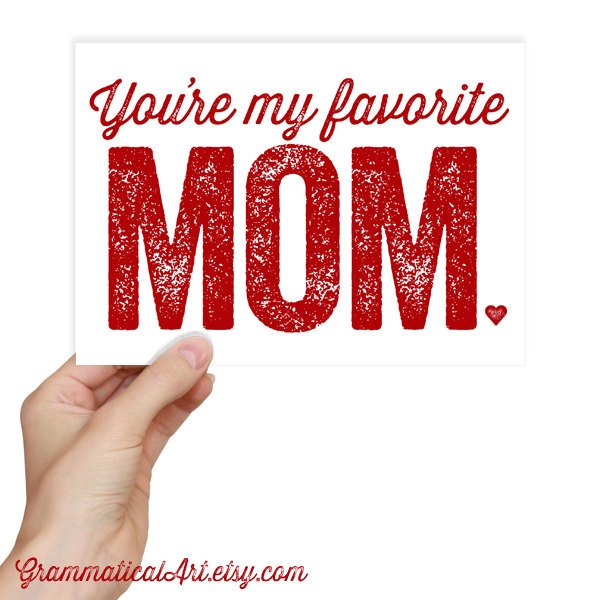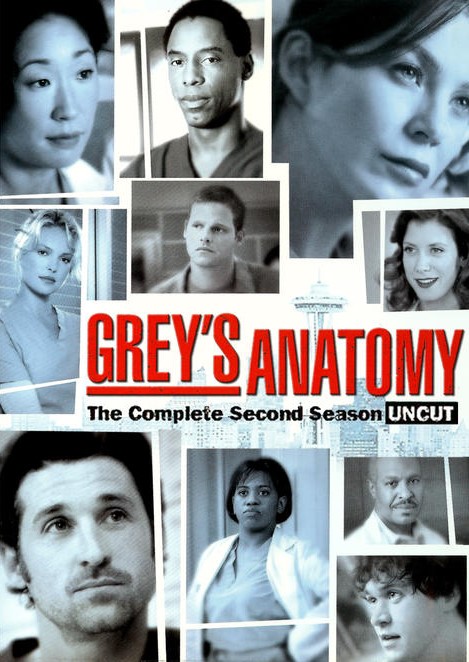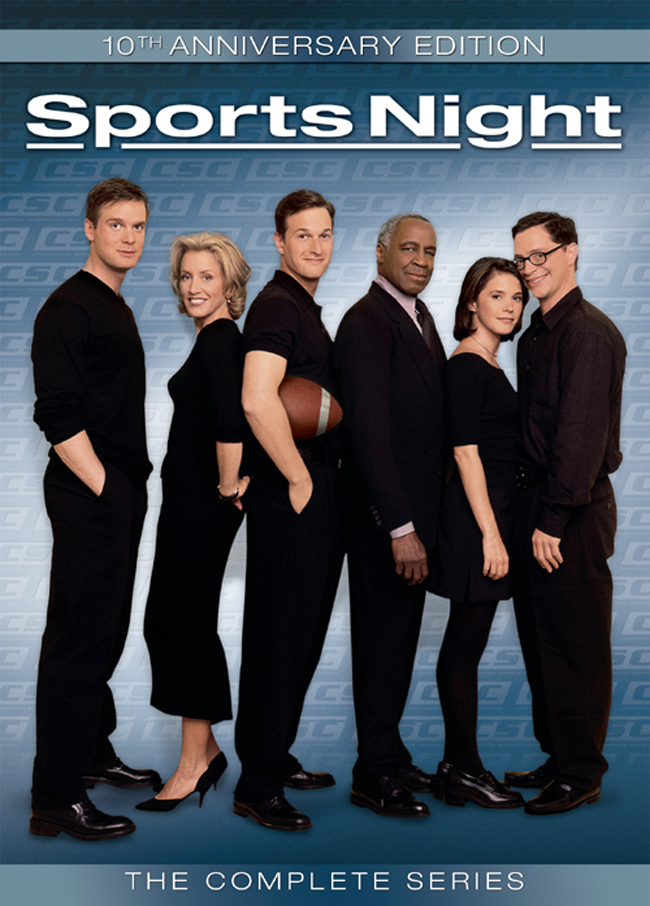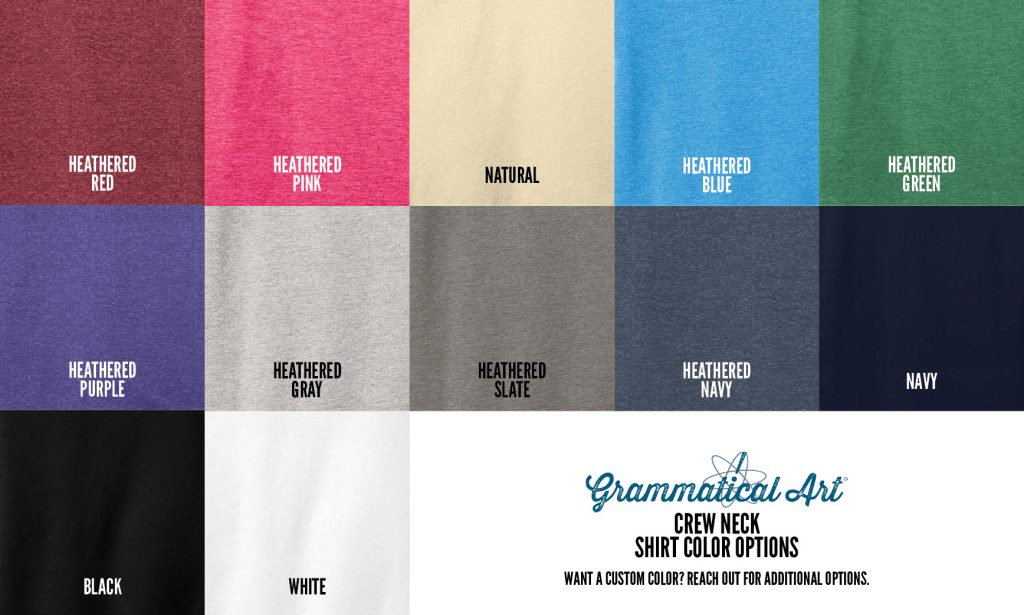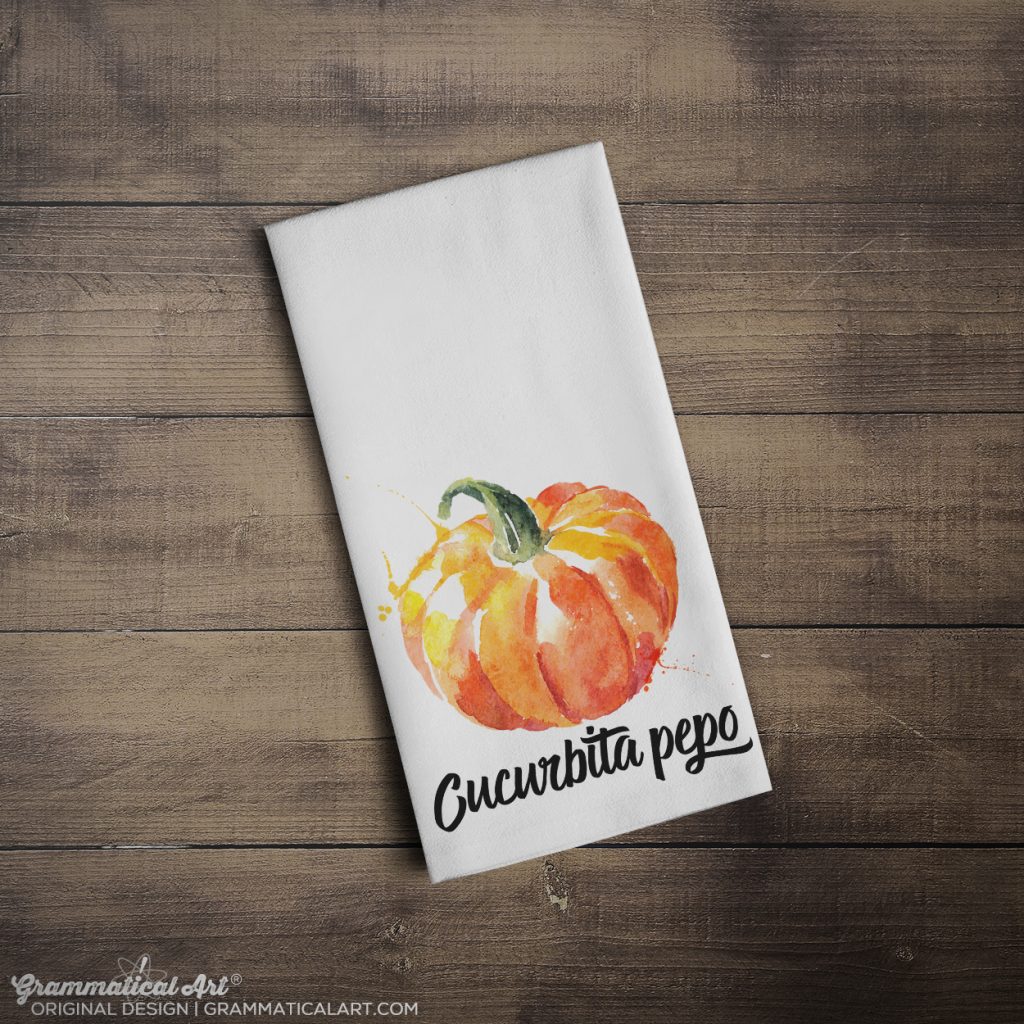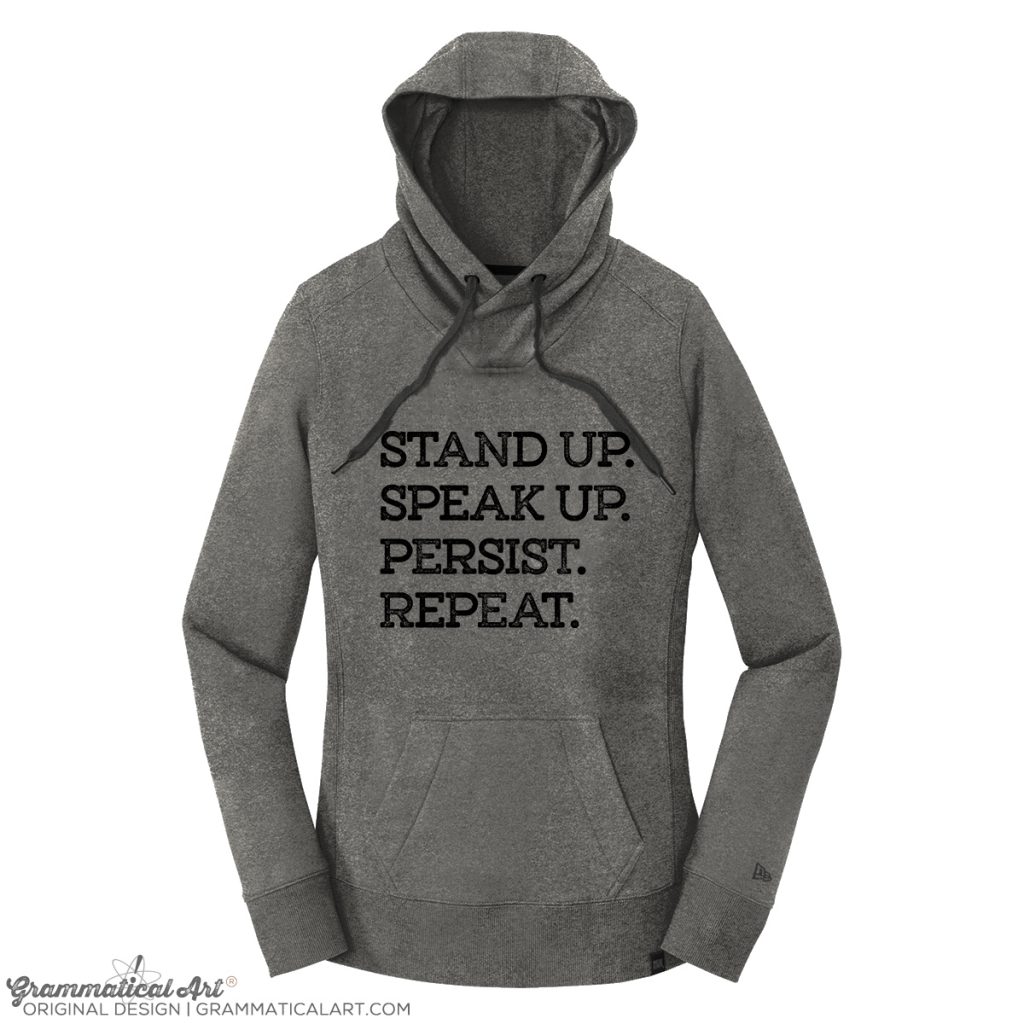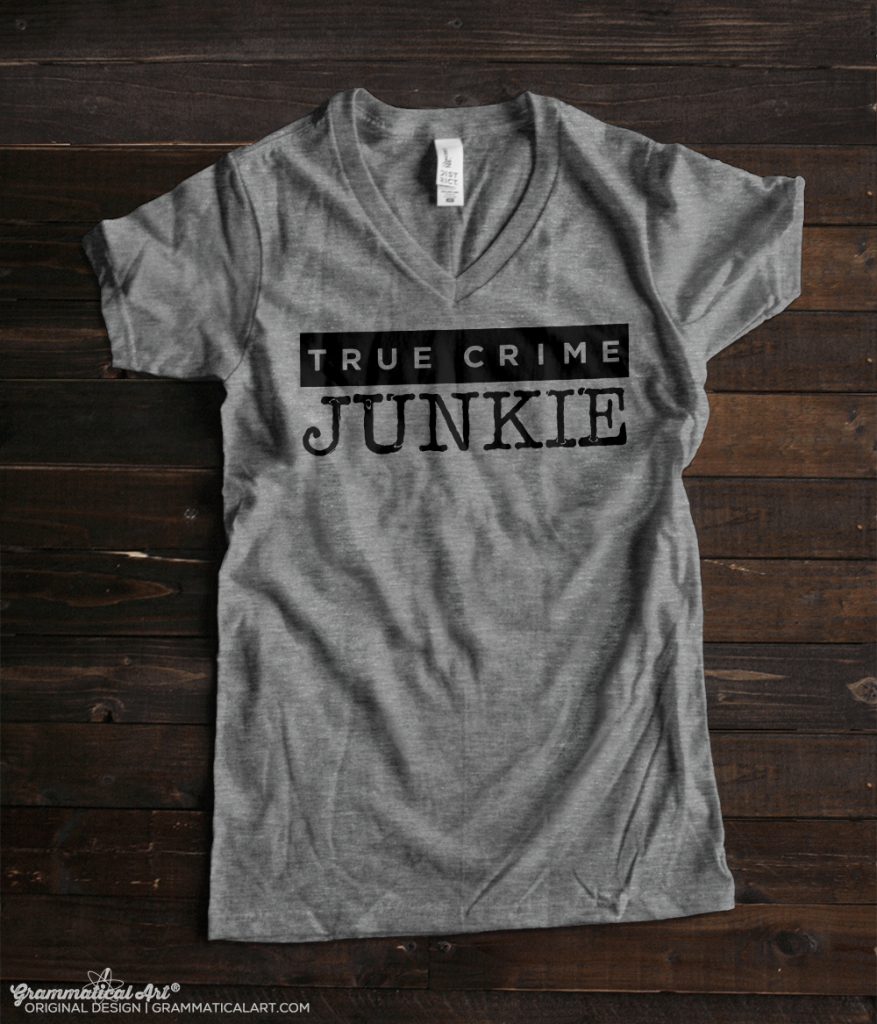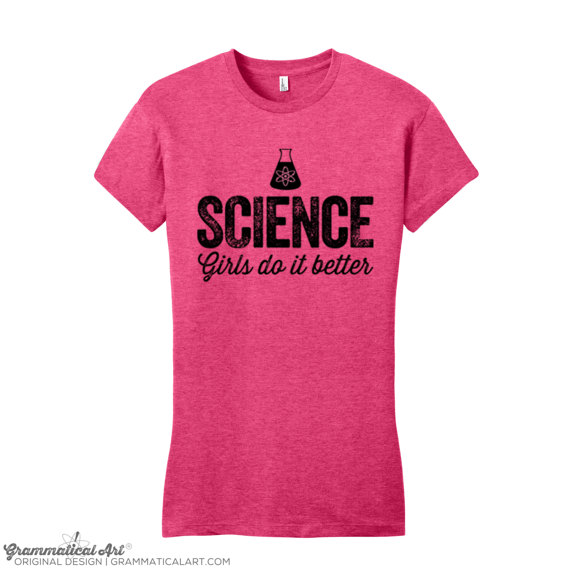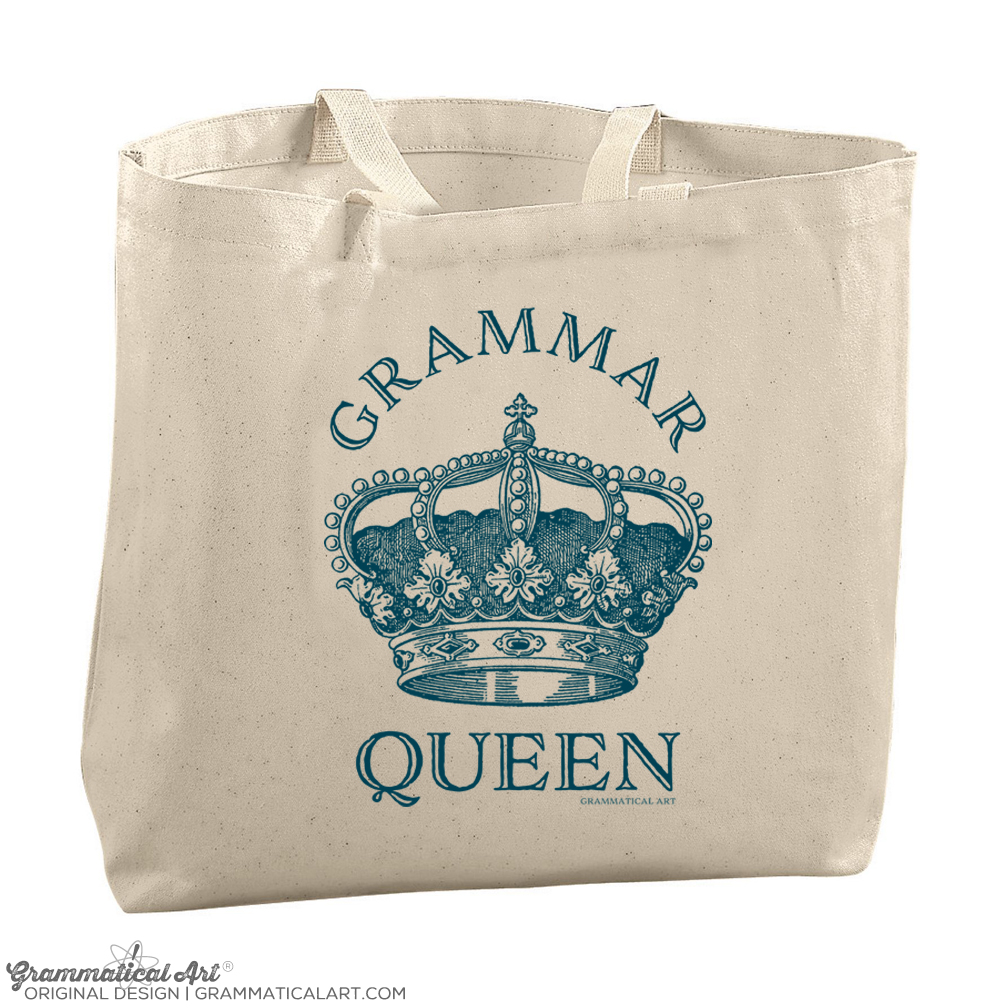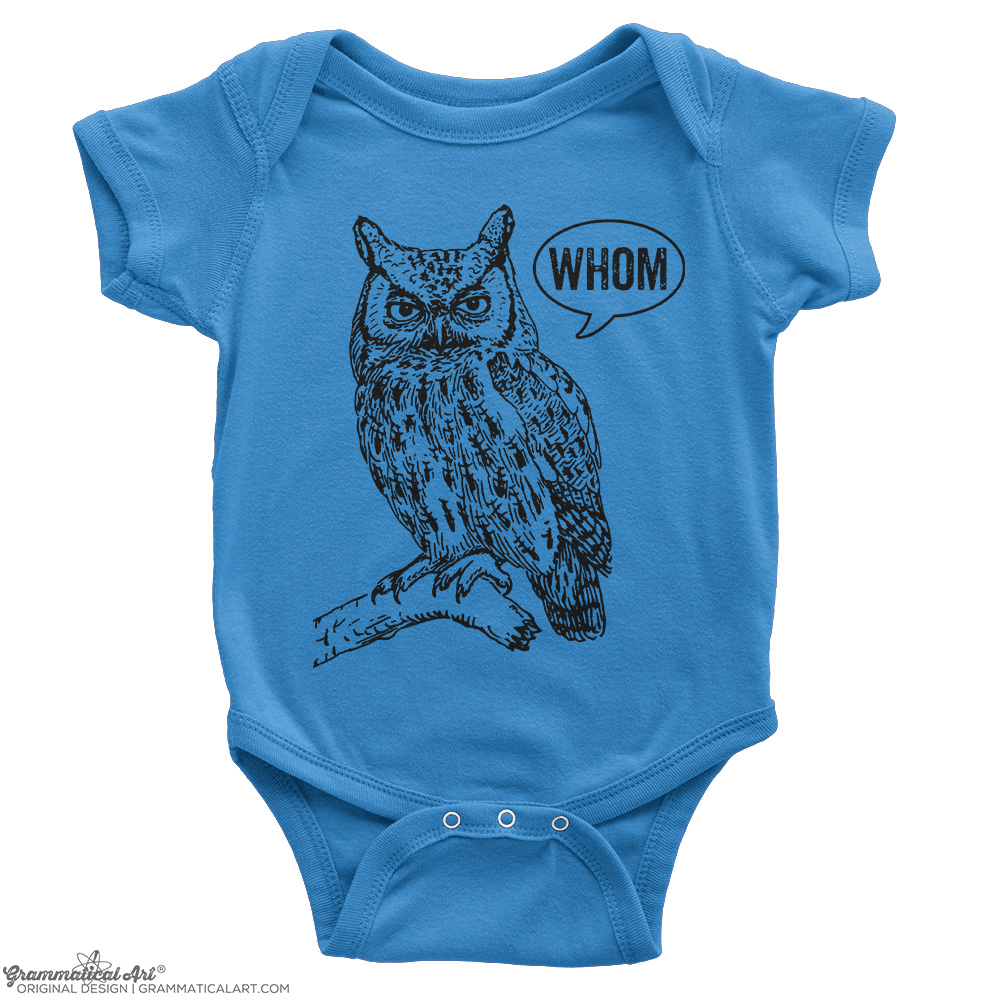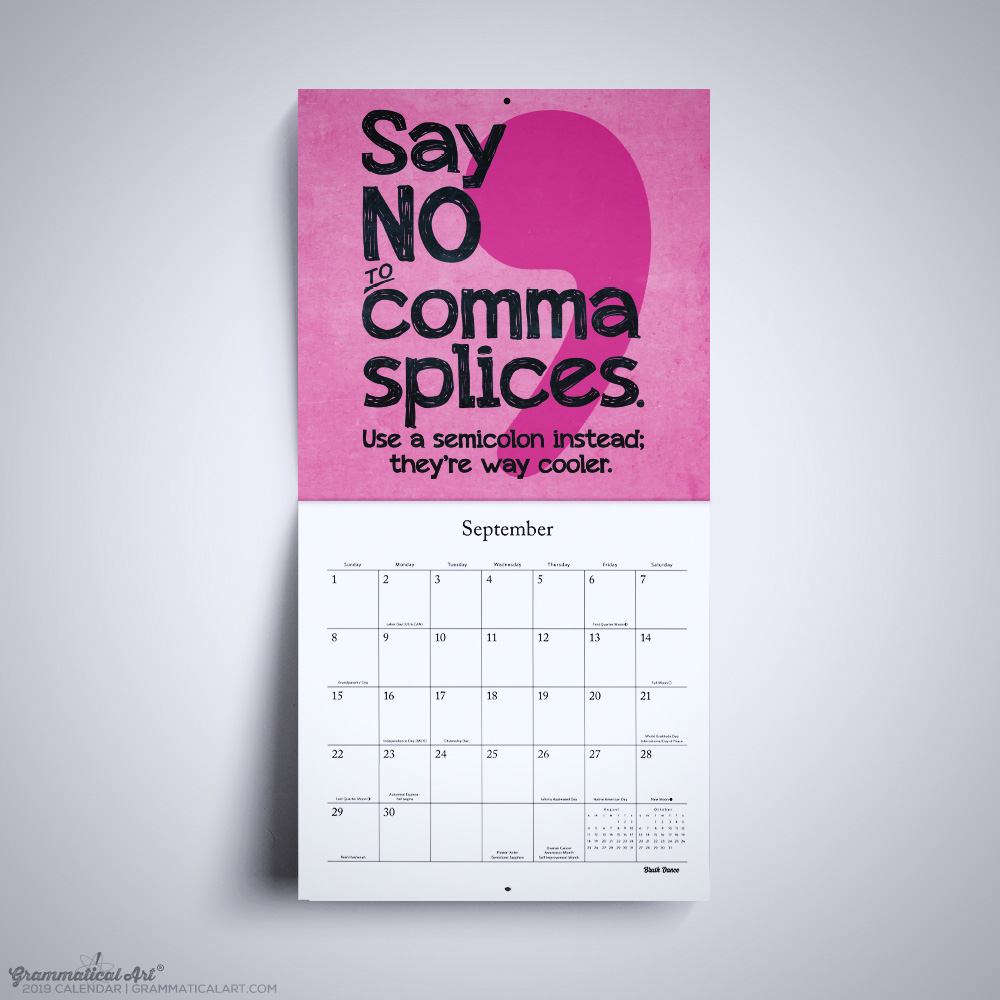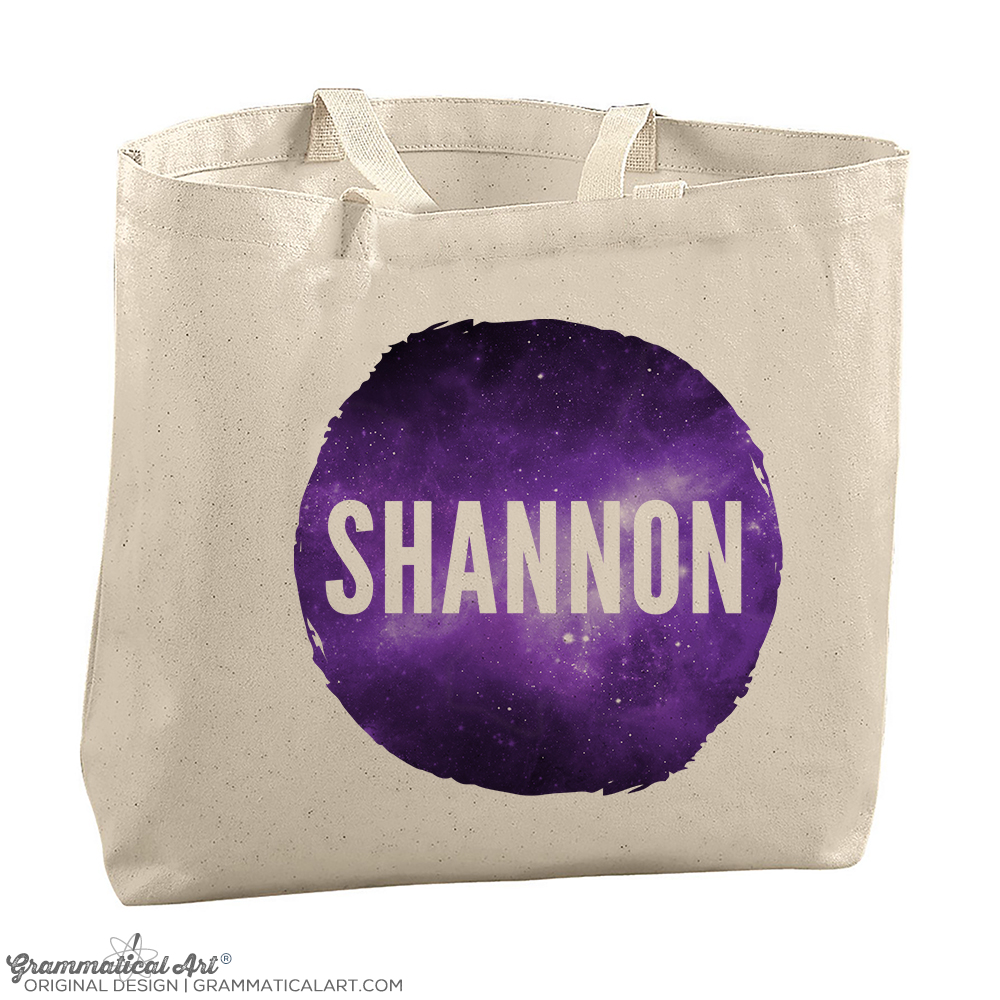Oh, Valentine’s Day. Heralded as a holiday for romance when really, it’s a chance to celebrate all the love in our lives! No matter who you’re sending valentines to this February 14, we’ve got the perfect way to say I love you.
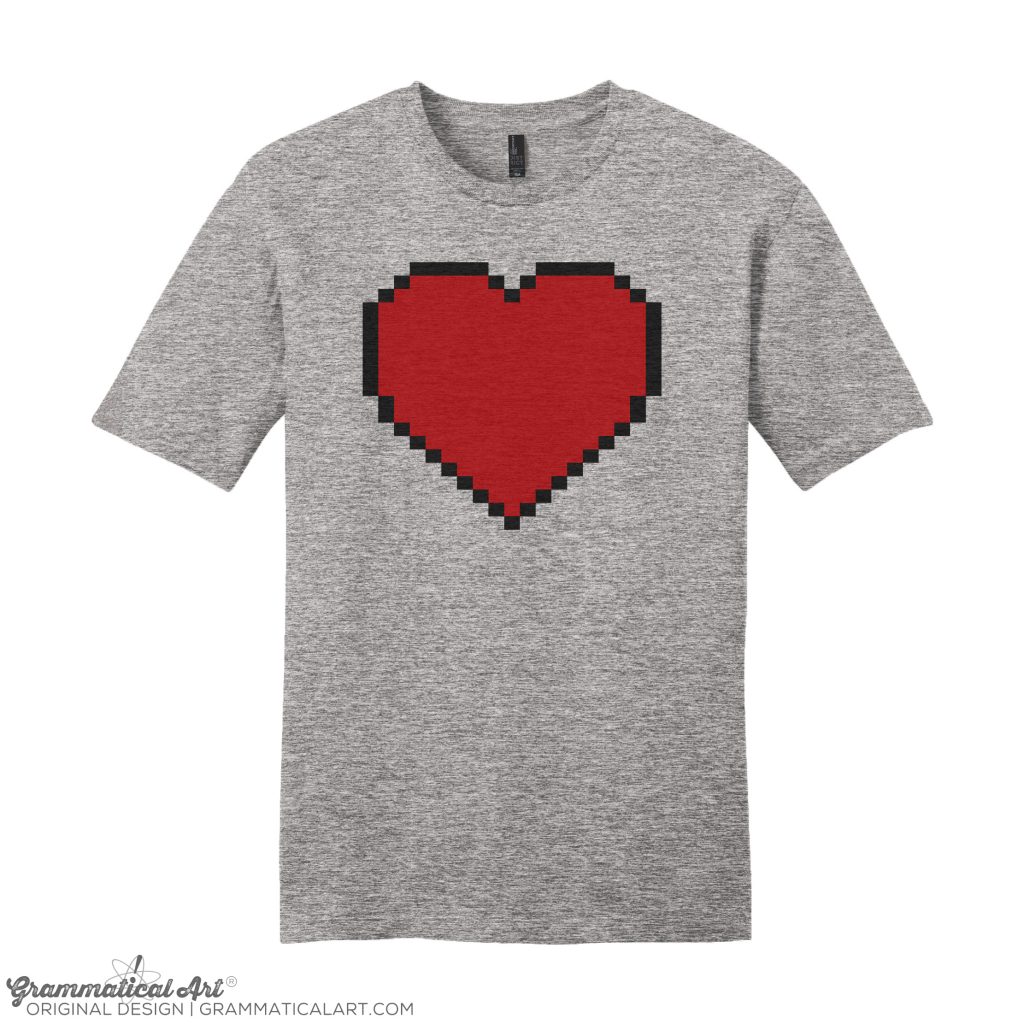
Invoke a little nostalgia: For all the 80s and 90s kids now grown-up, this 8-bit heart tee is sure to bring back memories of their first love—video games.
Remind them it’s what’s on the inside that counts: Nothing’s more attractive than intellect; it’s why you fell in love with them in the first place! Say it with a bright, colorful tee or an elegant tote.

Make science romantic: This pretty pink print reflects what we all know to be true: Love is at the center of everything.
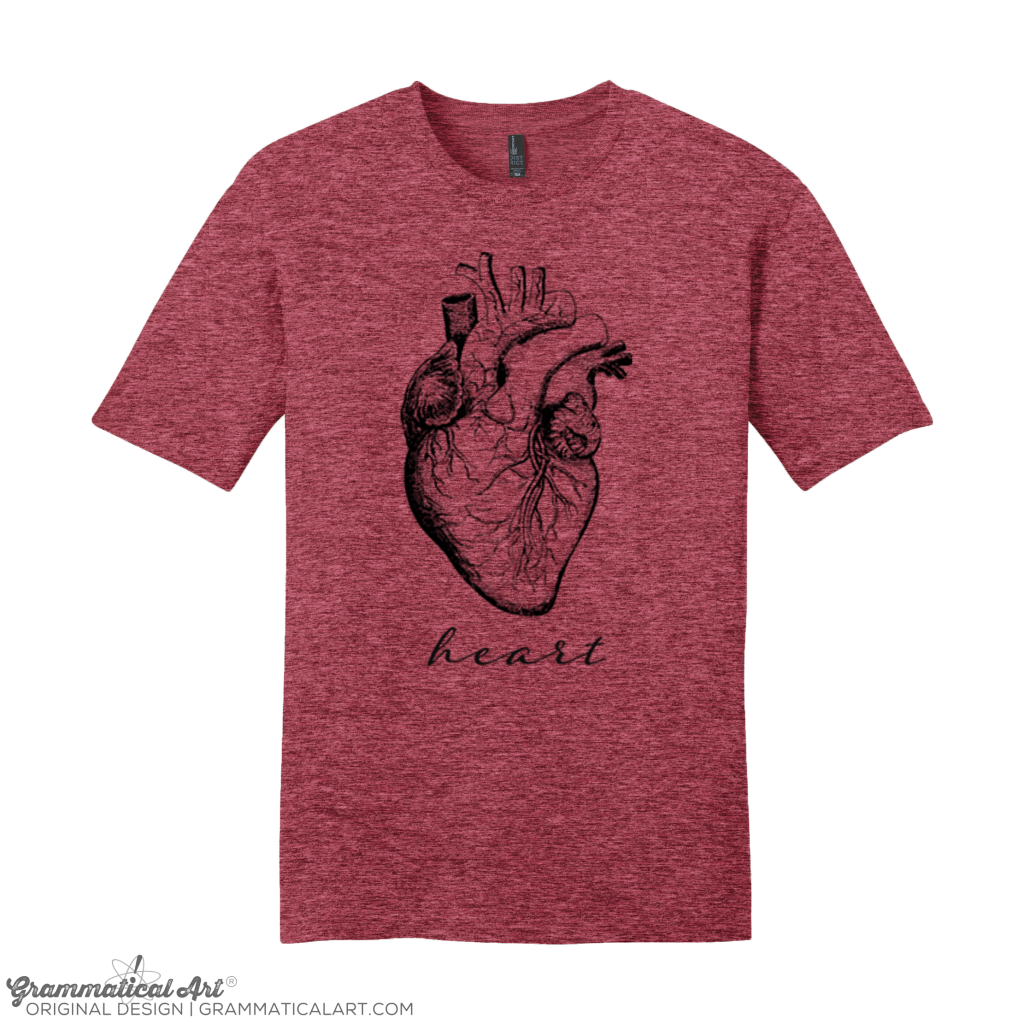
Wear your heart on your sleeve: The human heart is a work of art. Show off the true beauty of your heart with our anatomical tees.
Tell them you’re thinking of them, no matter how far away you are from home: Give Mom and Dad another handwritten note for the scrapbook with our “favorite” line of greeting cards. (Psst. Find another print you want to send as a card? No problem! All prints can be customized as greeting cards right here.)

Let love shine: Love is worth its weight in gold. Make your sweetheart stand out from the crowd in this gold-foil tee.

Show up for your friends: Who’s to say friendship isn’t true love? Difficult times may come and go, but true friendship lasts forever. Tell them you’ll always be there with this stellar lunar print.
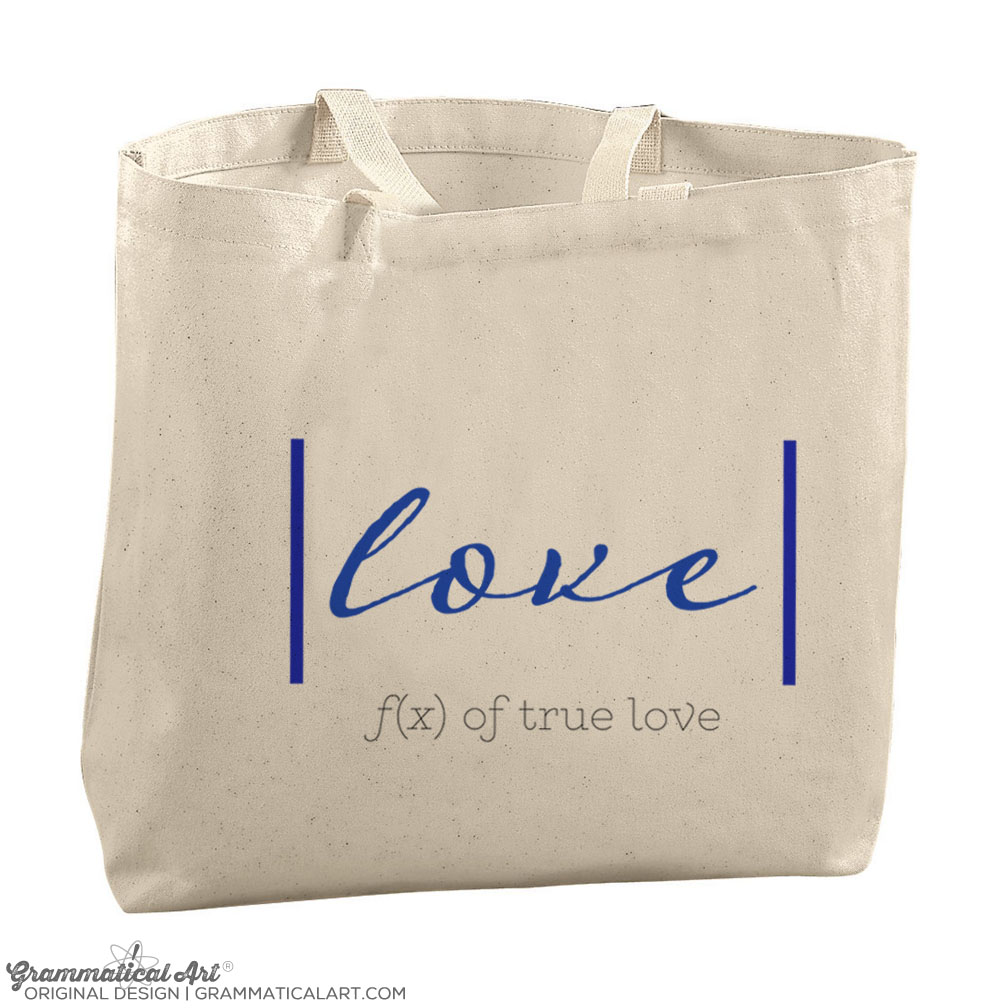
Treat yourself: Self-love is as important as any other kind of love! Love yourself absolutely with our absolute love tote.
And last but not least, the thing everyone needs on Valentine’s Day:
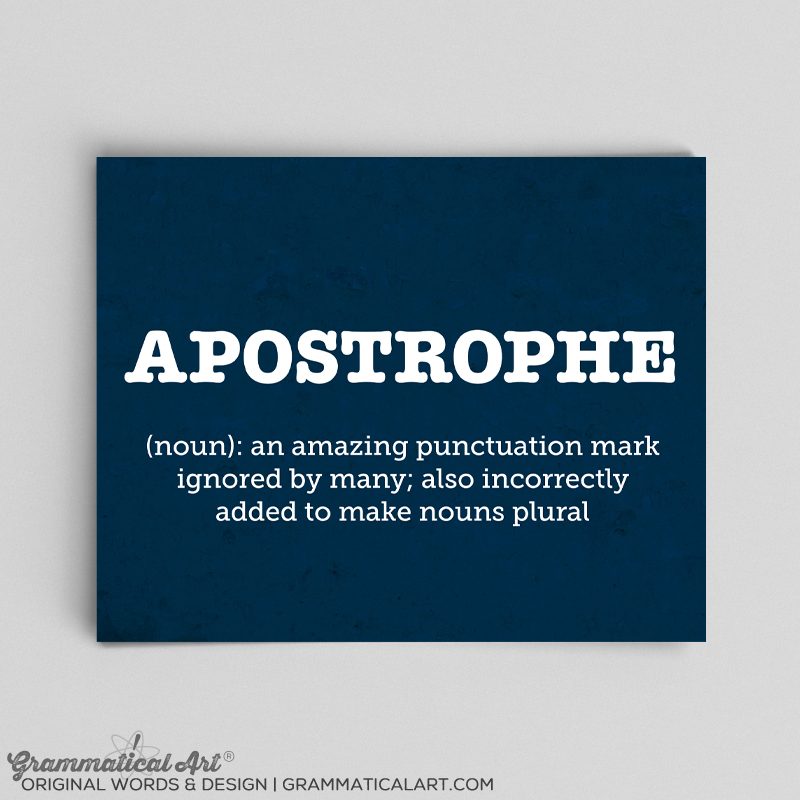
Because it’s a possessive, not a plural! It’s the day of Saint Valentine himself, and proper grammar is the best way to show you care. ?



